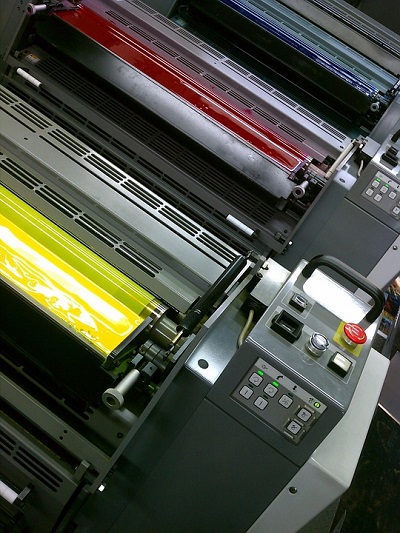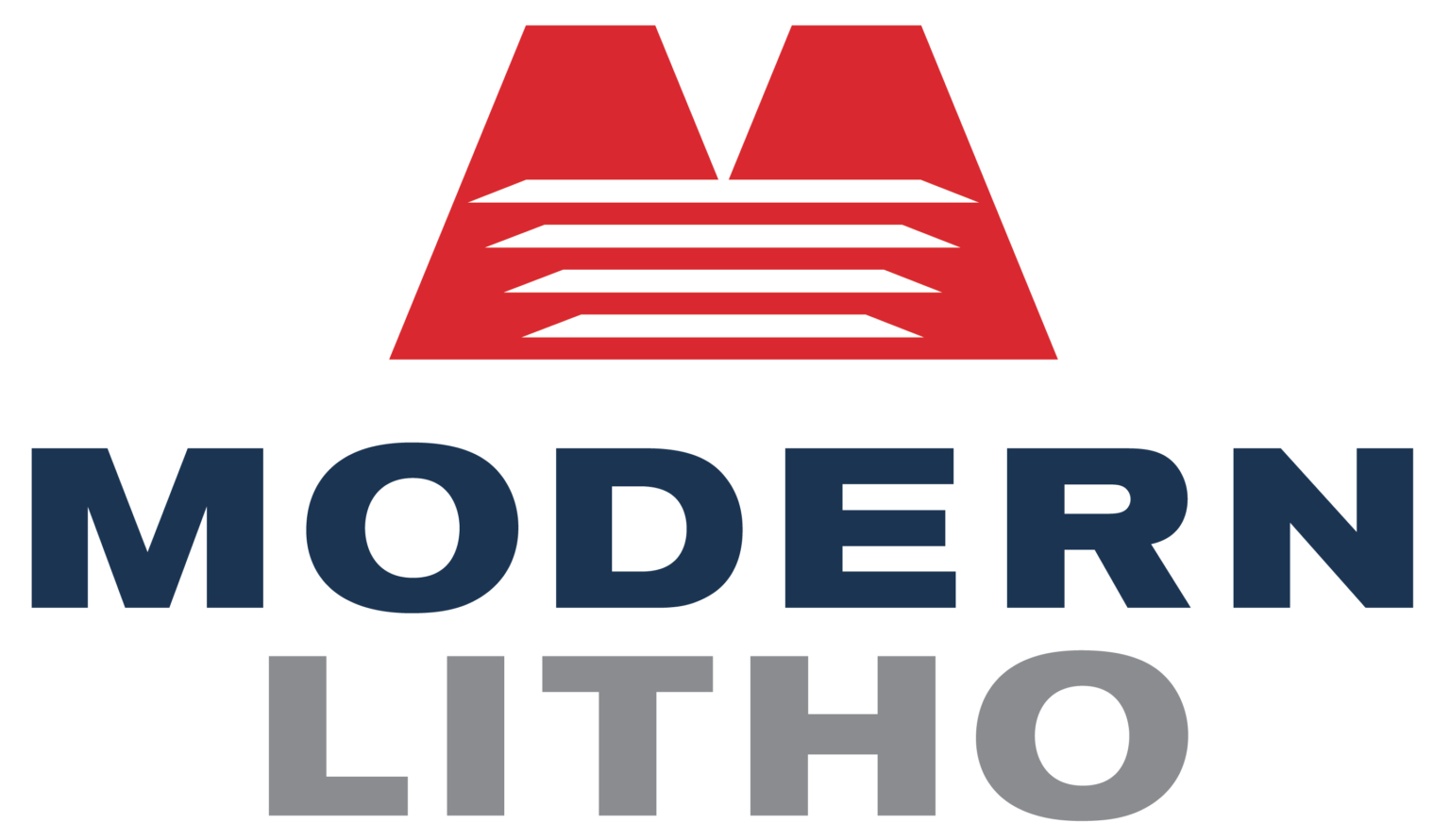Digital vs Offset Printing
If you’re currently planning a printing project, you may have come across the terms digital printing and offset printing and found out that you will have to choose between one or the other for your upcoming project. While the names are similar, they are entirely different processes of printing and will get different results at different price points. Understanding the key differences between digital and offset printing will help you make a more informed decision and get better results on your printing project.
WHAT IS OFFSET PRINTING?
Offset printing utilizes aluminum based plates, or plates made from a similar metallic material. For every color during the printing process a separate metal plate has to be used. Each plate has to be laser etched using information from a digital file of the image. The plate is attached to a roller, known as the plate cylinder, which will transfer ink to another cylinder with rubber sheet known as a blanket, which then rolls the ink onto paper, vinyl or whatever print material is being used.

Offset printing gets its name because the ink used is not directly transferred to the sheet paper, but is offset onto another cylinder before being applied to paper. Before printing can begin, an initial warmup run on scrap paper must be done to ensure that the metal plates are inked properly.
WHAT IS DIGITAL PRINTING?
The digital printing process does not use aluminum plates with the image etched onto them. Instead the image is digitally transferred from a computer to the digital printing machine. Digital printing uses electrostatic rollers, more commonly known as drums, to apply toner to sheets of paper. This is a similar process used by most inkjet printers.
For every color used during printing a different drum must be used. Unlike digital printing an initial warmup run is not necessary to ensure ink will be properly applied to the print material.
COST – VOLUME OF COPIES IS IMPORTANT
Does your printing project require four copies or 4,000? The total number of copies is often the deciding factor when determining whether offset or digital printing makes more sense for a business.
It is important to distinguish the total number of sheets produced from the total number of copies made. If 10,000 copies of one direct mail flyer need to be produced, that requires printing 10,000 sheets and 10,000 copies. However if 80 copies of a booklet that contain 100 pages need to be made, that is 8,000 total sheets but only 80 copies of the booklet. Offset printing makes sense for higher volumes of copies, but not always higher volumes of total sheets.
Digital printing favors projects that require a lower volume of copies. Offset printing requires more materials, more machinery and more time to setup the printing operation. Those operational costs, which get passed along to the customer, make the initial cost of offset printing much higher than digital printing and impractical for smaller printing batches.
However, the paper and ink used for offset printing is less expensive than used for digital printing. It also takes much less time to print many copies using offset printing than it takes using digital printing. If the volume of copies you need to produce is high enough the initial costs of operating an offset printing production can be less than the higher paper and ink costs of digital printing.
COLOR REPRODUCTION
Color reproduction on offset printing is generally more precise and superior to digital printing. This can be critical for high-value brands with a brand-centric Pantone color where color consistency and representation is of the utmost importance. Most business owners find the differences in color representation between offset and digital printing as being minor and not worth the added expenses of offset printing.
SHEET SIZE
The sheet size of offset printing is typically larger than what digital printing produces. Digital printing produces sheets ranging about 19 inches to 29 inches and offset printing allows sheets from 29 inches and 40 inches. While the sheet size of digital printing may seem limiting, many businesses turn to digital wide format printing presses to meet their large sheet size needs.
TURNAROUND TIME
As previously mentioned, there is a large amount of initial setup required for offset printing compared to digital printing. For this reason, digital printing is ideal for on demand printing needs as it can be completed more quickly than offset printing. If your business needs print materials on short notice, it will likely be more practical and cost effective to use digital printing instead of offset printing.
VARIETY IN MATERIALS
While digital printing is generally cheaper for short runs and lower quantity print jobs, the paper types, surface finishes and ink types are more limiting. If your business is in need of print materials that have a specific finish or ink type, such as fluorescent or metallic ink, offset printing may be your only option.
PERSONALIZATION
If a printing project requires unique information for each copy, digital printing makes much more sense compared to offset printing. Variable data printing is possible with digital printing, meaning the information printed on each printed piece comes from a database telling the printer what to put on every individual print. This makes sense for greeting cards, logos, and other print jobs where the business wants to include specific information about their customer such as their name, address or birthday.
CASE BY CASE BASIS
Depending on the exact specifications of your printing needs, digital printing may make more financial sense when offset printing seems like the obvious way to go and vice versa. Deciding between offset and digital also depends on the printing equipment available from the printing provider and the cost of operating the equipment. It’s best to get help from a professional who can guide you through the planning of your printing project and help you decide whether offset printing or digital printing makes more sense.
Modern Litho provides both offset and digital printing services for various print productions including publications, manuals, catalogs, direct mail, and much more. Visit our commercial printing page to learn more or contact us to learn more.
